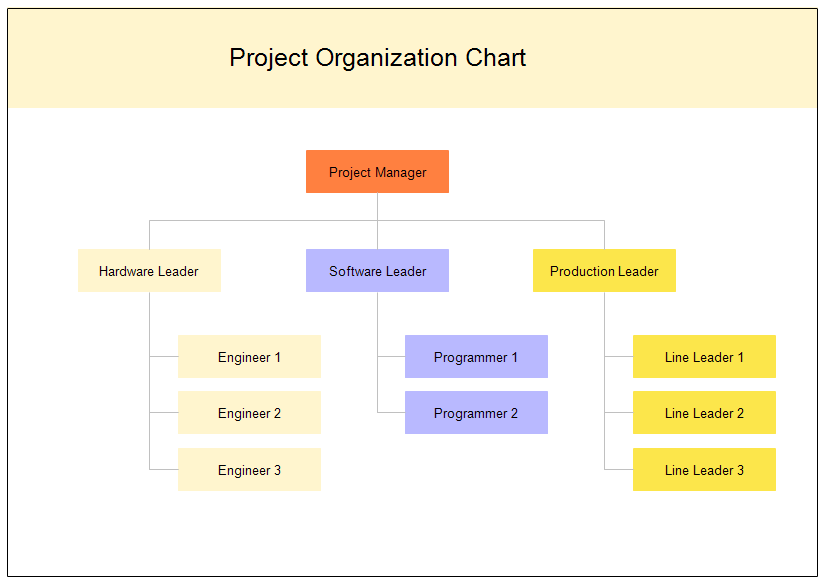THE
ART OF PROJECT ESTIMATION
Today’s blog post is in relation to estimating and how a good
project manager can ensure that project estimates are precise. What is the origin
of good projects failings? When designing a website, setting up a business, or
building a house, in order for a project to become successful, accurate
estimates are essential. Accurate estimation is every manager’s skill for good
project management.
Estimating Project Times and Costs
A good foundation for every project control are quality time
and cost estimates. When preparing estimates for our project, we decided the best
starting point would be previous experiences to estimates, and this relates to previous
projects part taken in the past. As an estimator, we have to take into consideration
similar projects we have done or current resources and processes. We also rely
on outside factors such as stakeholders, technology or downtimes that may affect
a project. Estimating a project involves a quantitative estimate of project
duration, costs, resources and is a critical part of project planning (Harned, 2014) .
The key to successful estimates is to have a company’s
culture that will allow us, project managers, to make an error without
incrimination. To get the estimates that represent realistic average costs and
times is very important, and for this reason it’s vital to dispose of a team that
is highly motivated and skilled to help the project manager maintain their
average in relation to task times and costs (Harned, 2014) .
Top-Down vs.
Bottom-Up Project Management Strategies
There are two
main techniques used in estimating process: top-down and bottom-up methods. The
top-down approach works well when a project manager has a big picture of the
project and all project’s details are clear to everyone. The bottom-up method
is used when project team members classify the tasks and then divide them into specific
work packages or groups. This approach is time-consuming but more detailed than
the top-down (Makar, 2015) .
Both, stakeholders and project managers
want accurate estimates of time and costs. These two groups need to balance project
delivery with its accuracy. Managers must bear in mind different factors of the
project such as actual costs, outside influences, and know what the scope is.
The
challenges of project estimation – Why good projects fail?
In general, project estimation is a
tough process as it can bring a number of problems and challenges. Often people
over estimate the amount of time or costs (either too optimistic or pessimistic).
The lack of experience or historical information (which can be a starting point
to estimation) is also a common problem. Adding in poor risk-mitigation planning,
immeasurable events (such as meetings, demonstrations, holidays, prototyping,
etc), unexpected events or simply unfriendly company culture and work
environment all add up to why good projects fail. On occasions bad leadership or
management is the primary issue, especially where management doesn’t back their
team members.
Harned, B., 2014. THE DARK ART OF PROJECT
ESTIMATION. [Online]
Available at: https://www.teamgantt.com/guide-to-project-management/how-to-estimate-projects
[Accessed 2 March 2018].
Available at: https://www.teamgantt.com/guide-to-project-management/how-to-estimate-projects
[Accessed 2 March 2018].
Makar, A.,
2015. Top-Down vs. Bottom-Up Project Management Strategies. [Online]
Available at: https://www.liquidplanner.com/blog/how-long-is-that-going-to-take-top-down-vs-bottom-up-strategies/
[Accessed 3 March 2018].
Available at: https://www.liquidplanner.com/blog/how-long-is-that-going-to-take-top-down-vs-bottom-up-strategies/
[Accessed 3 March 2018].


No comments:
Post a Comment